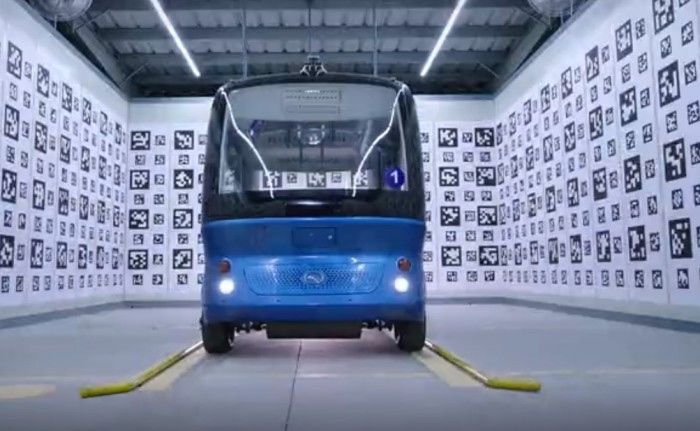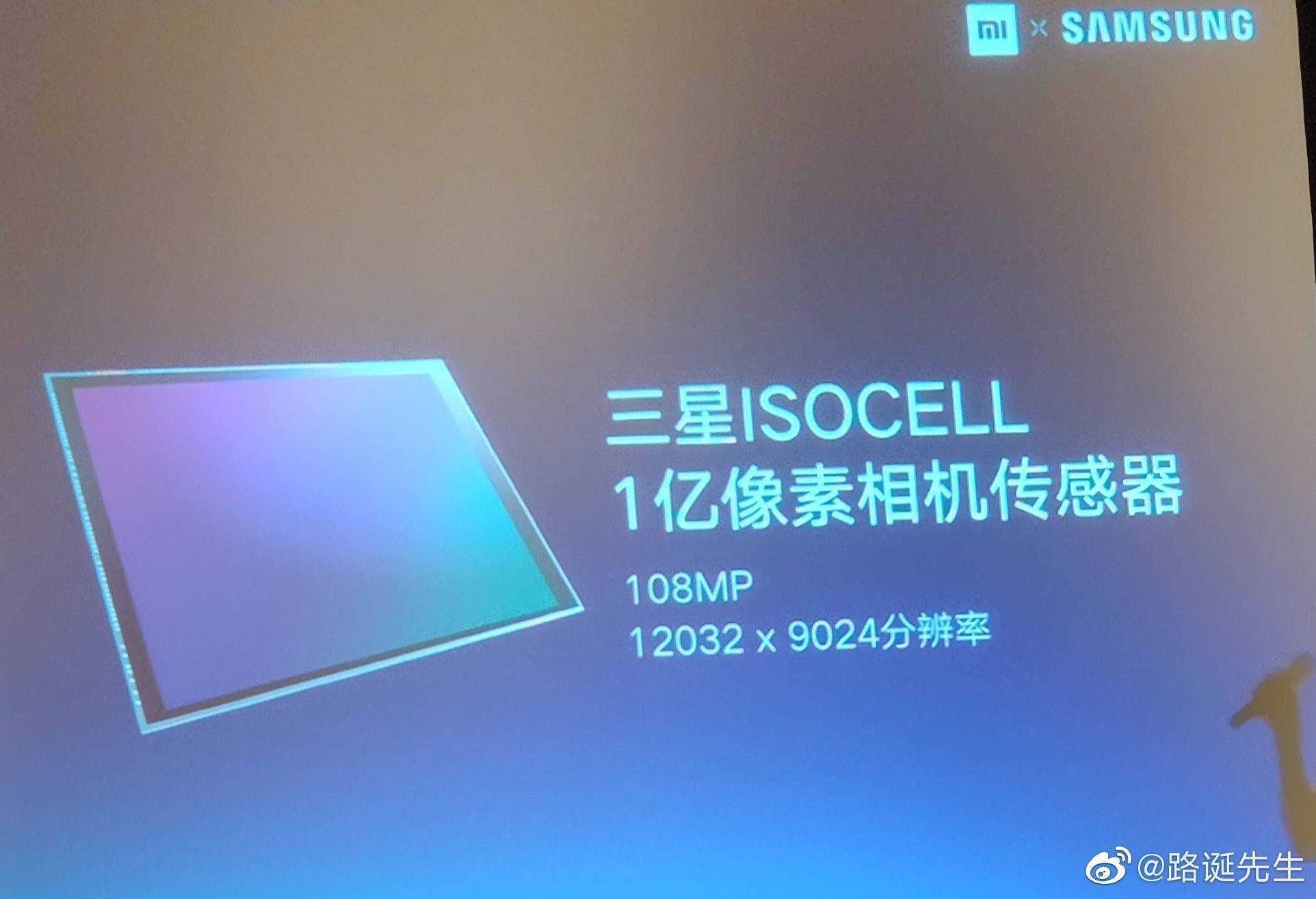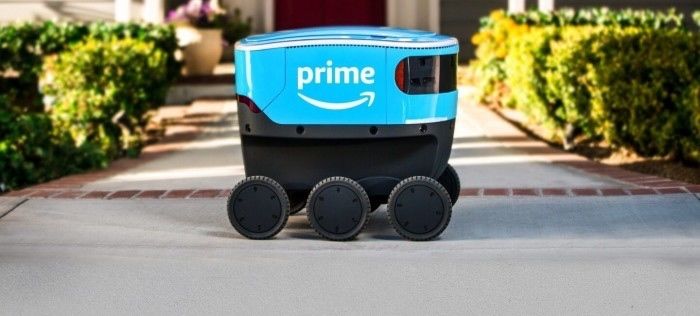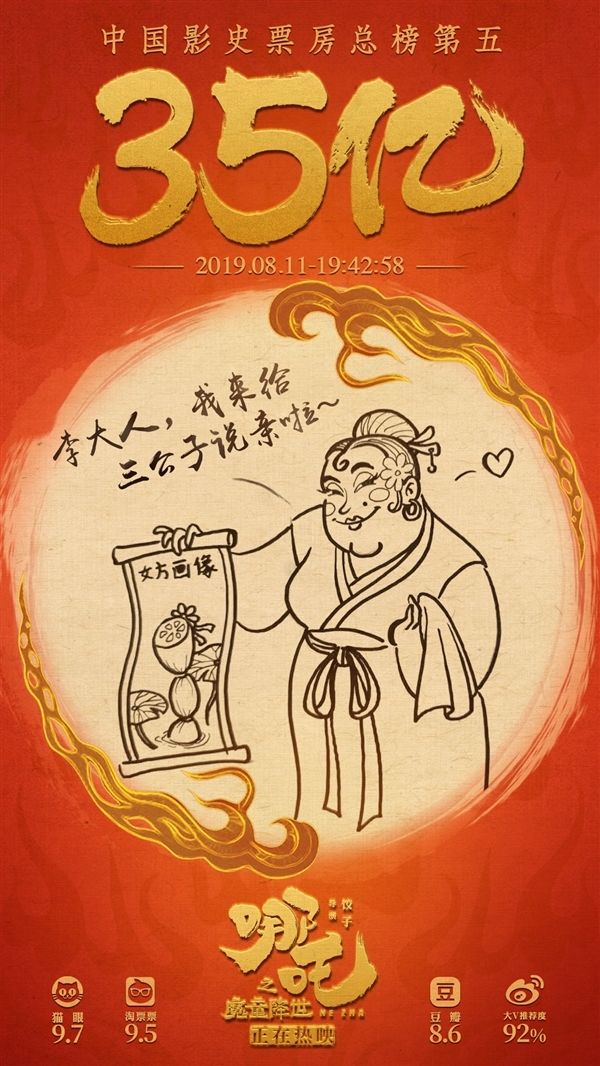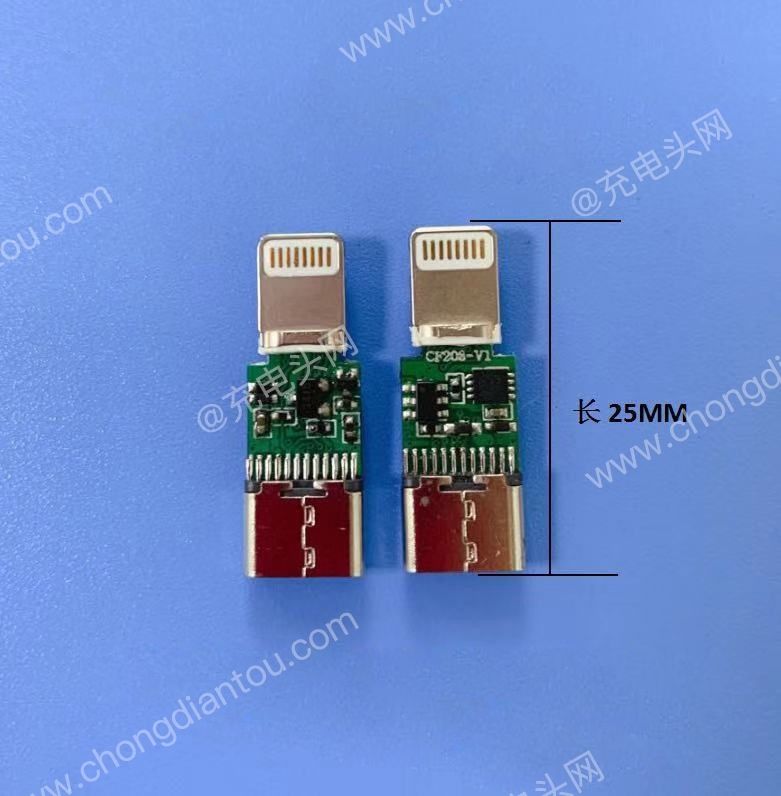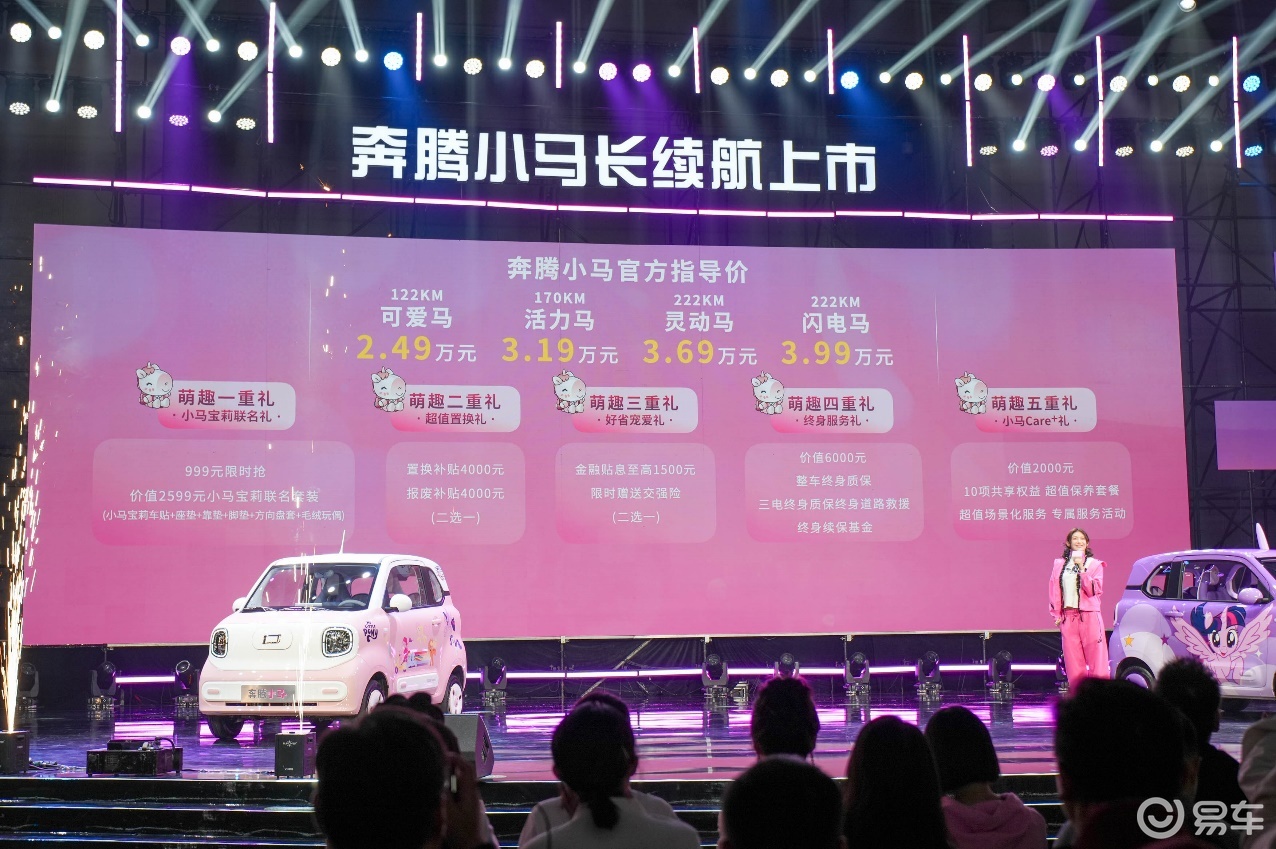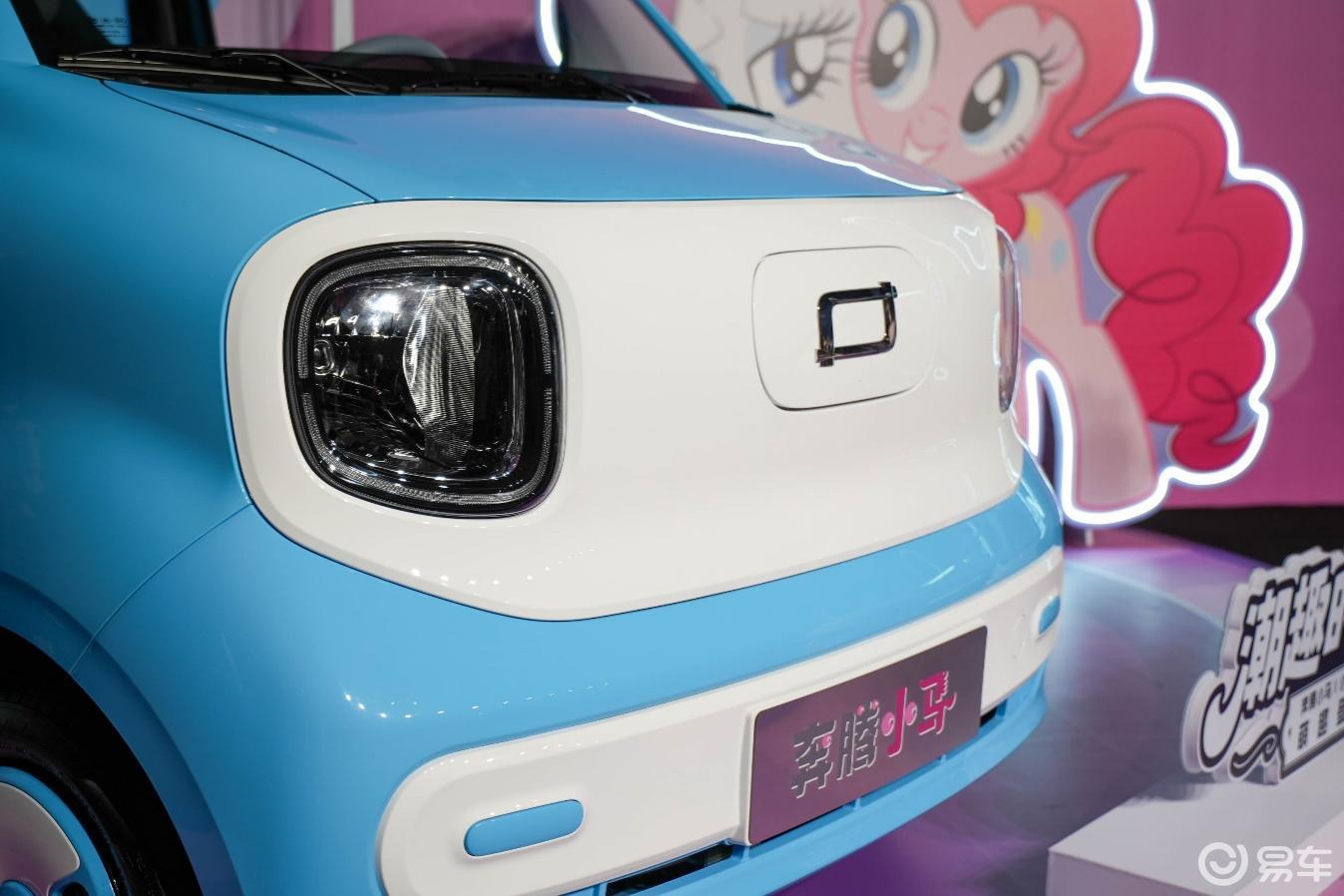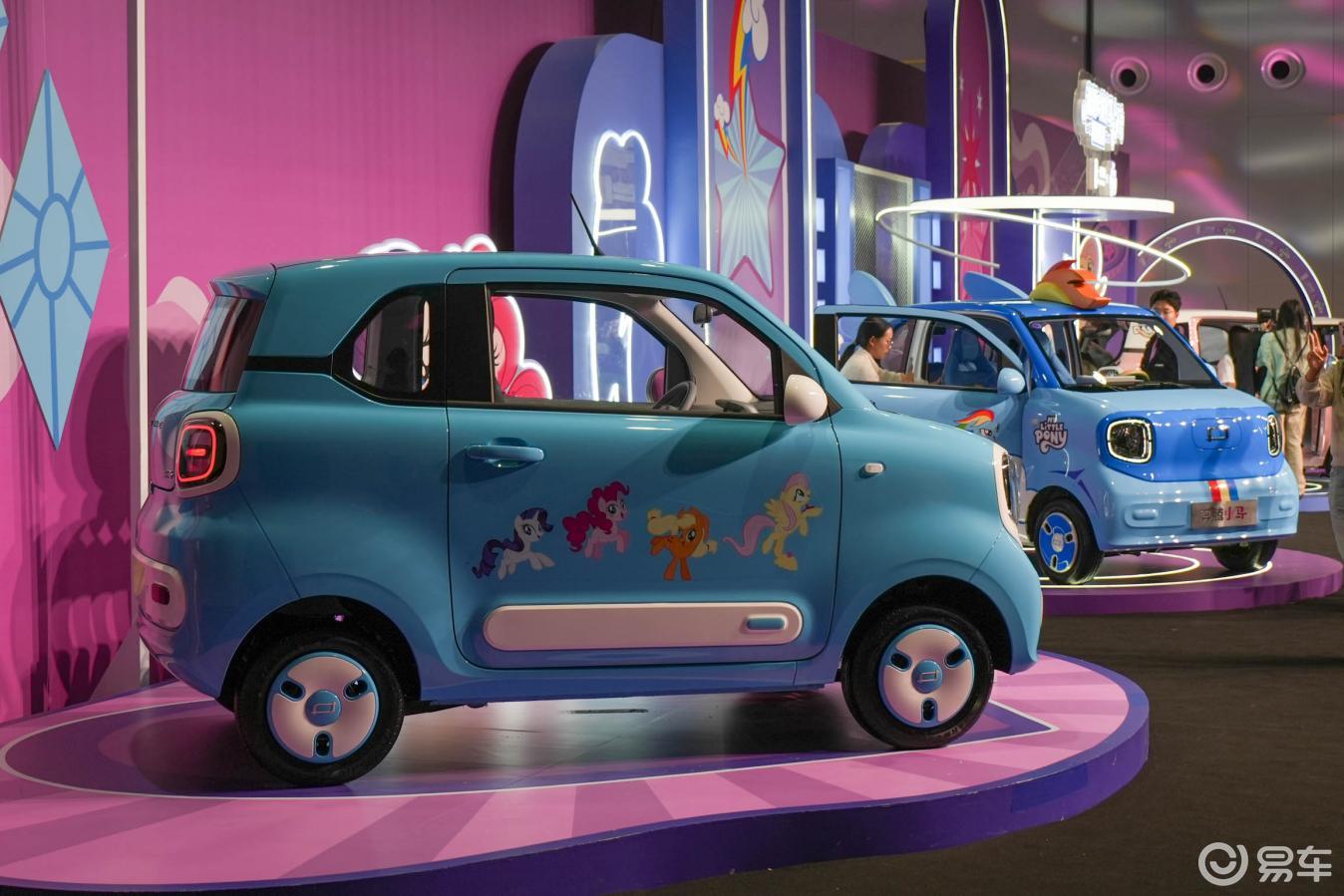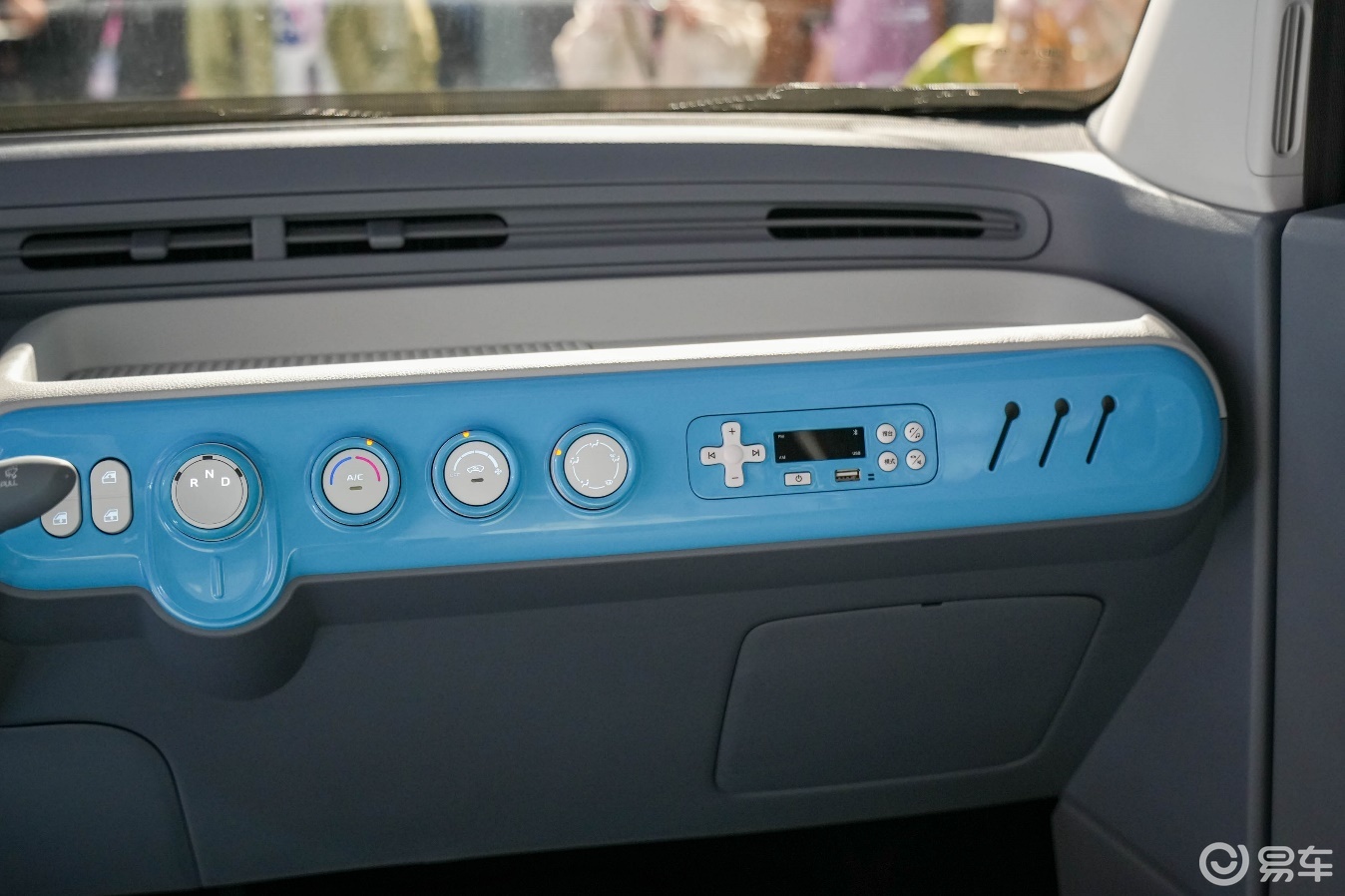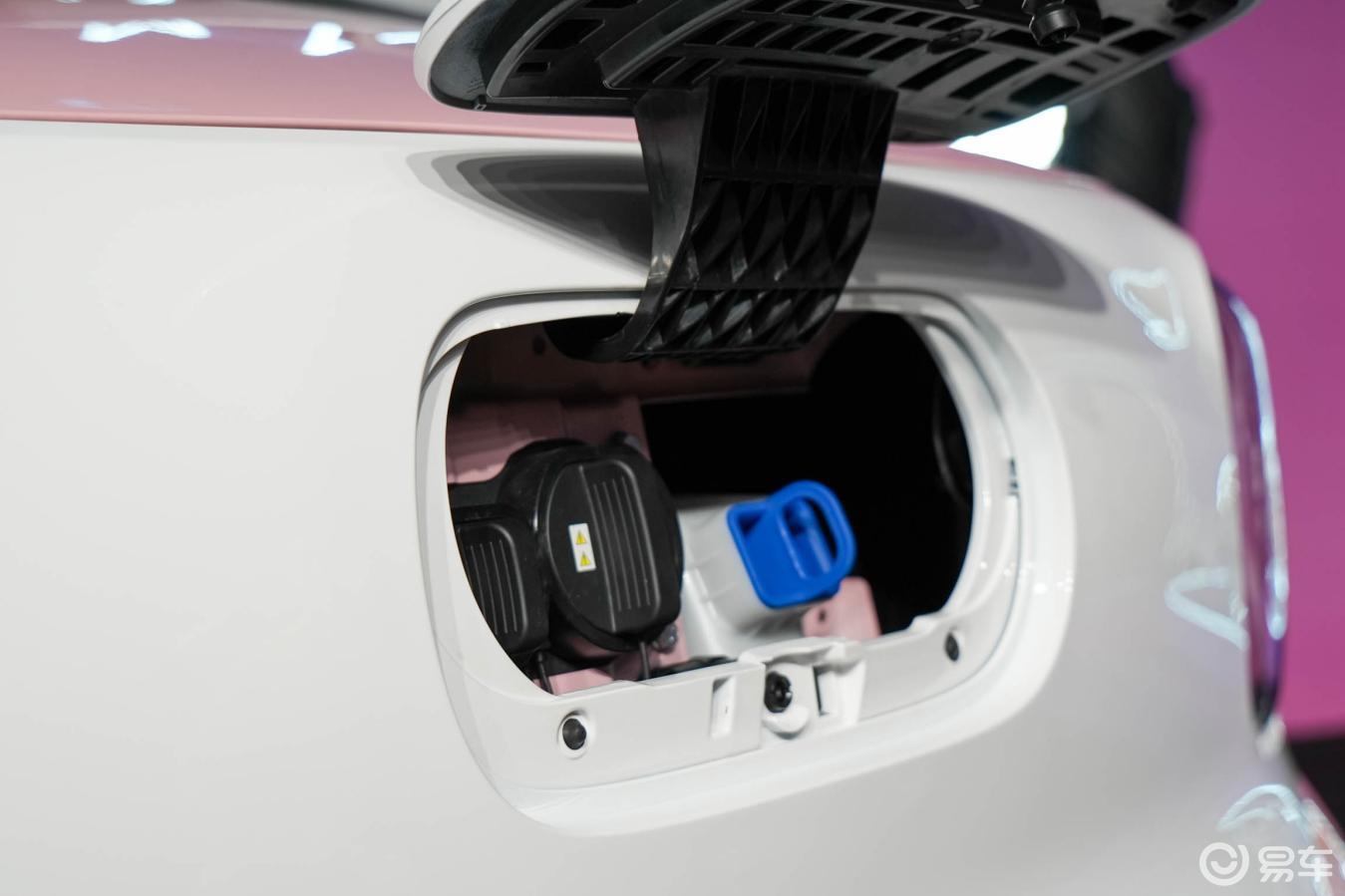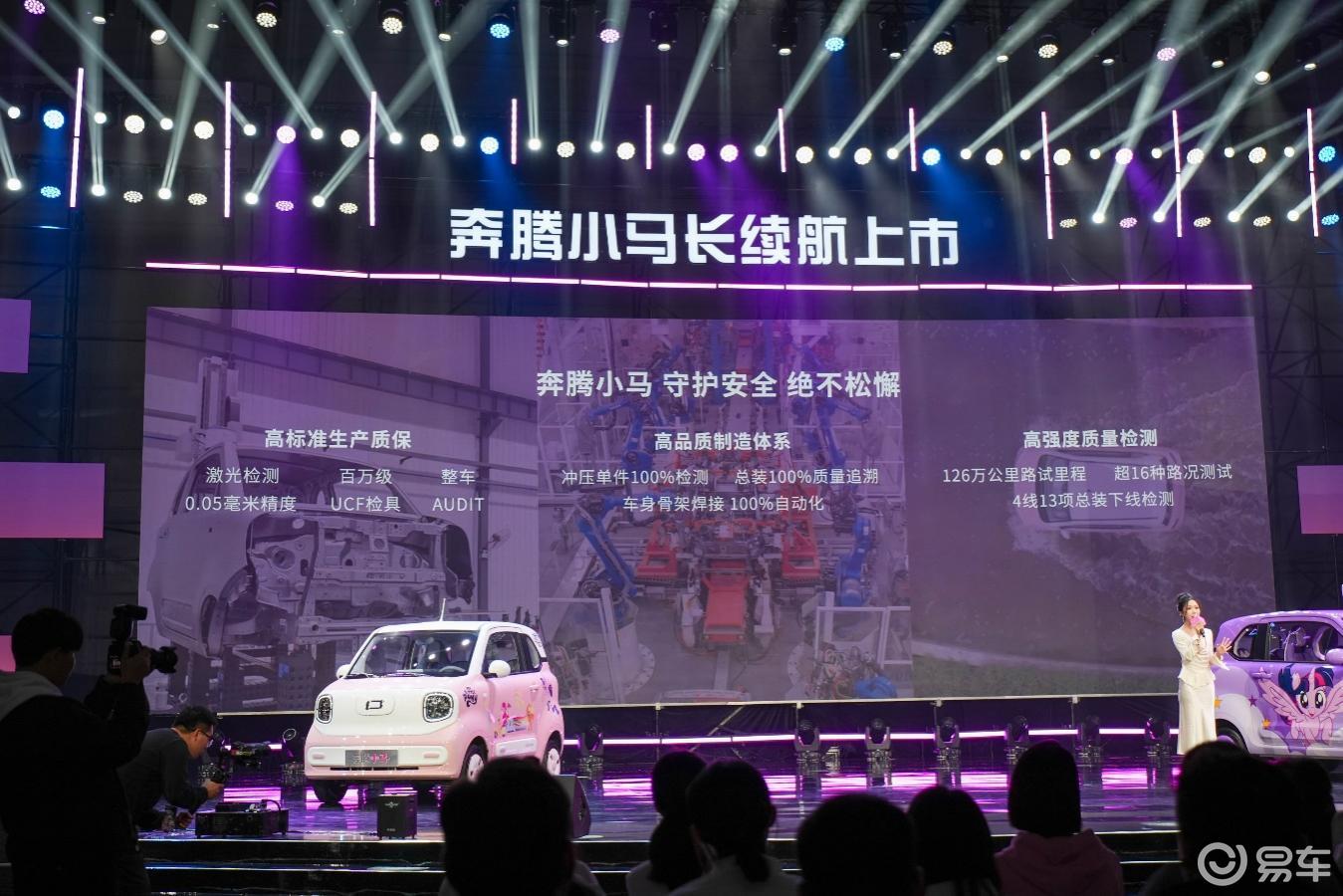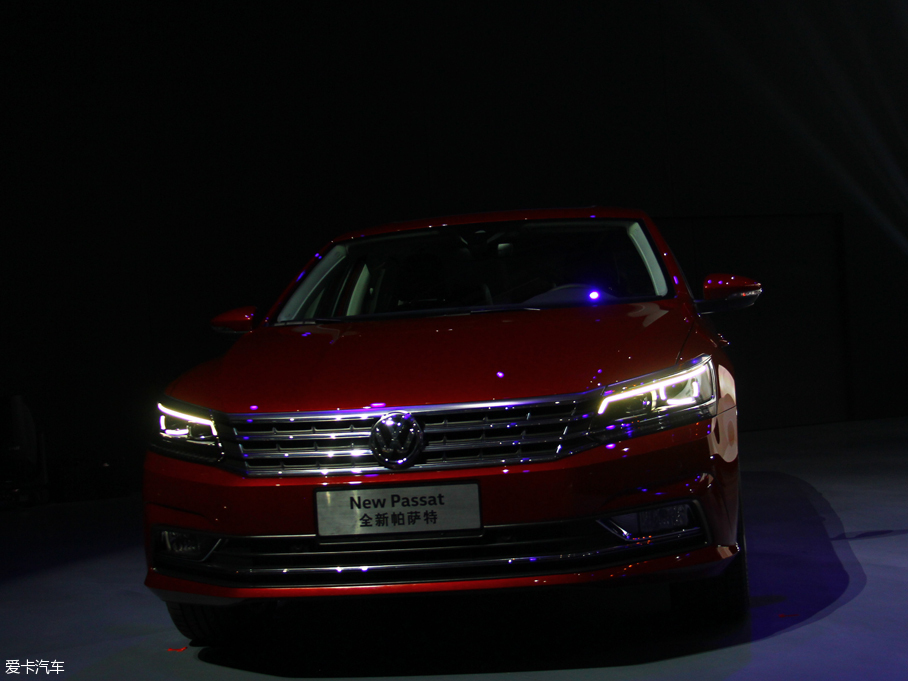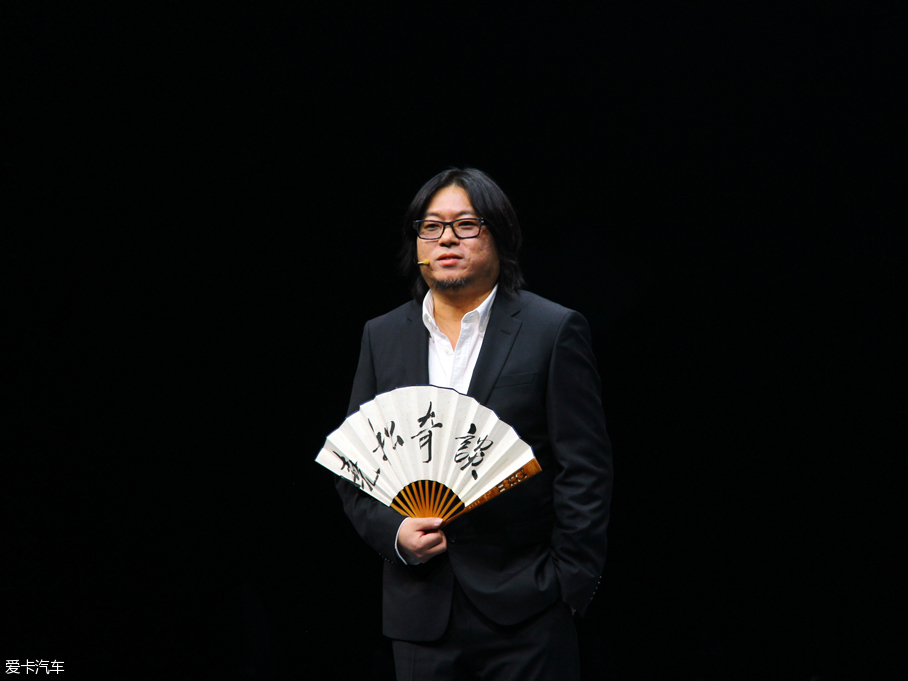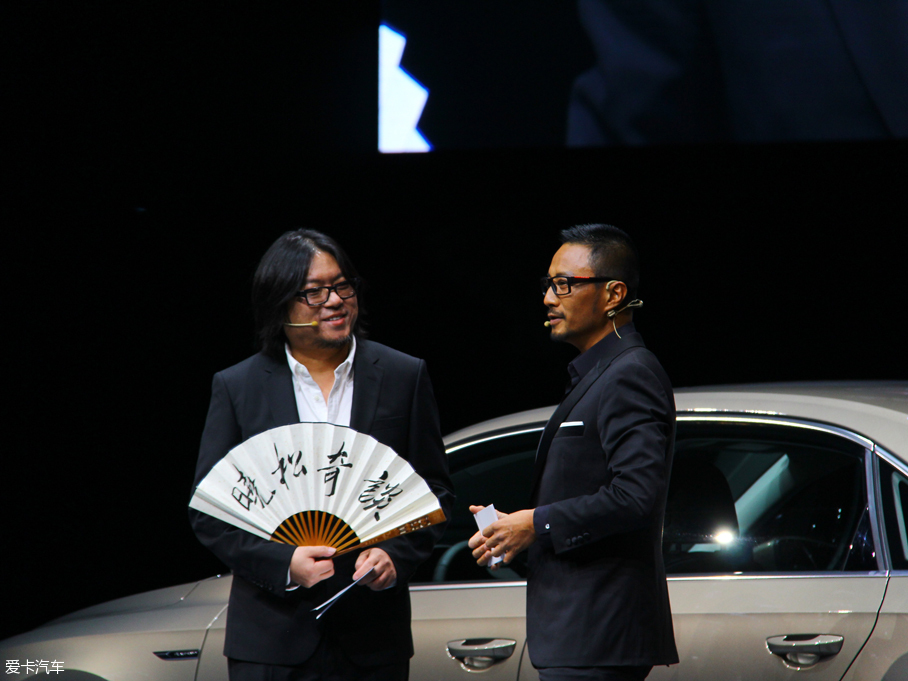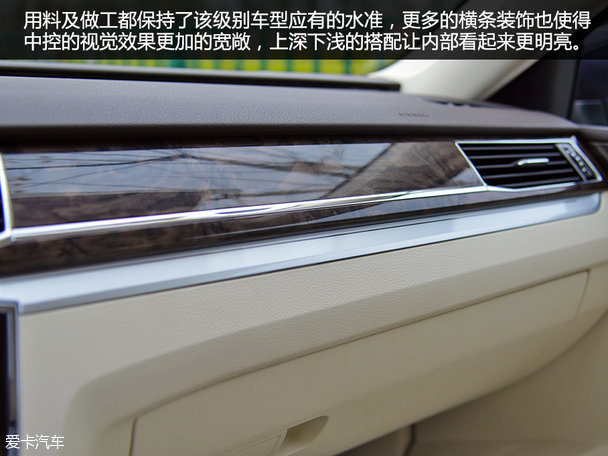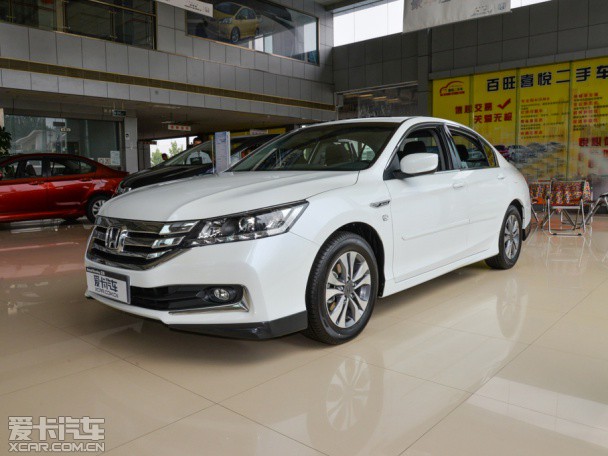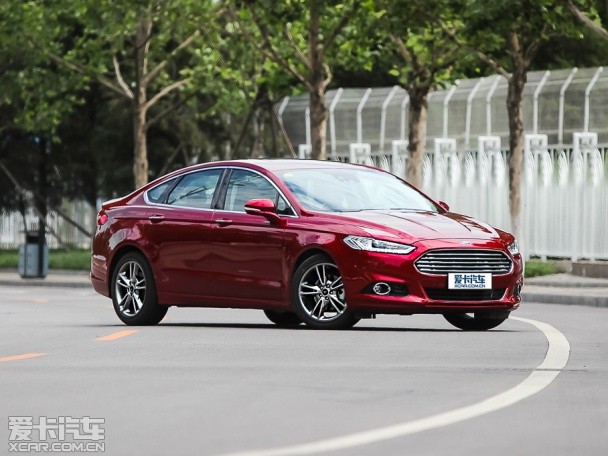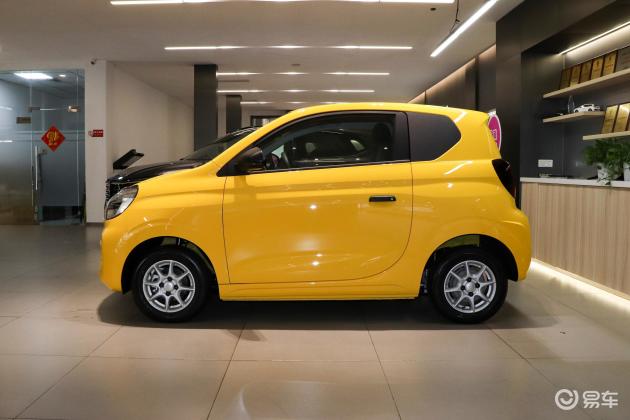Innovation | Carry forward the spirit of innovation and entrepreneurship to boost economic and social prosperity

Under the background of deepening reform in an all-round way, carrying out the innovation-driven development strategy in depth and China’s economy entering a new normal, the CPC Central Committee and the State Council attach great importance to mass entrepreneurship and innovation, and a new wave of innovation and entrepreneurship is surging in China, providing sustained impetus for China’s economic development.
General Secretary of the Supreme Leader pointed out at the National Science and Technology Innovation Conference held in May 2016 that science and technology are the sharp weapon of the country, and the country relies on it to be strong, enterprises rely on it to win, and people’s lives depend on it to be good. China is strong, China people’s lives are better, and we must have strong science and technology. The new era, new situation and new tasks require us to have new ideas, new designs and new strategies in scientific and technological innovation.
"The stable recovery of the world economy depends on innovation, and the upgrading of China’s economy depends on innovation." Premier Li Keqiang emphasized innovation at the Eighth Summer Davos Forum in 2014, and put forward "mass entrepreneurship and innovation" for the first time. Since then, he has frequently explained this keyword on various occasions. As the key work in 2016, the Government Work Report clearly puts forward that the multiplier effect of mass entrepreneurship, innovation and "internet plus" should be brought into play, and a platform of mass creation, crowdsourcing, public support and crowdfunding should be built, and a new entrepreneurial innovation mechanism should be built with the cooperation of large, medium and small enterprises, universities, scientific research institutions and makers.
Technological innovation and entrepreneurship are changing life, and they are also affecting China. At present, a new round of scientific and technological innovation and entrepreneurship is becoming a new engine for steady growth, promoting reform and restructuring, and a new kinetic energy for benefiting people’s livelihood, ensuring employment and promoting development.
The explosive growth of science and technology start-ups
Beijing, Zhongguancun Software Park, Didi Office Building.
A few days ago, our reporter came to Didi’s Beijing headquarters and felt the growth story of a company that changed the traditional mode of transportation by using the home Internet and was rated as one of the top 50 innovative enterprises in the world by MIT Science and Technology Review.
Back in early 2012, 29-year-old Cheng Wei was brewing a business. He believes that the Internet has fully entered the life field represented by food, clothing, housing and transportation, and "clothing, food and shelter" has a relatively mature operating model, while "travel" seems to have not. At that time, he lived in the northern suburb of Hangzhou, and he traveled every day or took the bus, subway or stood on the side of the road waving for a taxi. Combined with his own personal experience, he began to think about whether there is a way to "move" taxis to the Internet, so that people who want to take taxis know where the taxis are and drivers know where the passengers are, thus solving the problem of information asymmetry and making people’s travel more convenient.
With the continuous maturity of ideas, Cheng Wei and his friends Wu Rui and Li Xiang, who have always dreamed of starting a business, founded Xiaoju Technology Co., Ltd. in Beijing in June 2012, and launched mobile phone car calling software — — Didi taxi APP. In that year, they ran through more than 100 taxi companies in Beijing, and they also insisted on installing Didi taxi APP for more than 10 thousand taxi drivers at Beijing West Railway Station. People gradually find that taking a taxi with this small APP is convenient for both drivers and passengers.
After that, in just four years, the integration of technology, capital and talents accelerated. Today, Didi has provided comprehensive travel services for nearly 300 million users in more than 400 cities around the world, such as taxi calling, express train, hitchhiking, driving, test drive, public transportation, online car rental and enterprise-level services, and adopted cloud computing to design a new hierarchical architecture for the business, which not only can accurately match the supply and demand information between passengers and online car, but also can guide vehicles to hot spots of travel demand through automatic early warning of the platform, thus alleviating the travel pressure.
With the rapid development of business, Didi has received nearly 8 billion US dollars in financing, becoming the second largest online trading platform in the world after Taobao and the largest one-stop diversified travel platform in the world. At the end of September 2016, the daily order of Didi Platform reached 20 million times.
It is undeniable that Didi’s sudden emergence is very important because it has grasped the opportunities for the development of cutting-edge technologies such as the Internet and cloud computing.
Science and technology entrepreneurship has promoted technological innovation and business model innovation. Correspondingly, the innovation of technology and business model has also brought infinite possibilities to entrepreneurship. Every technological progress will give birth to new entrepreneurial fields and new entrepreneurial enterprises.
In August 2011, a company focused on the research, development and operation of cloud computing business centered on data management — — Qi Niuyun was formally founded in Shanghai. Only one year later, Qiniuyun became the first team in China to conduct large-scale project research and development with GO language, and realized the core service of distributed object storage system based on GO. At present, Qi Niuyun has ranked first in the domestic cloud computing industry.
As a leading enterprise-level cloud service provider in China, Qiniu Cloud Service has more than 500,000 corporate customers, storing more than 200 billion files and 1 billion hours of video, with a cumulative capacity of more than 100PB, attracting many corporate customers such as SF Express, Netease and Meipai. Up to now, Qiniuyun has successively set up offices in Beijing, Shenzhen, Guangzhou, Hangzhou and Chengdu, with nearly 500 employees, including more than 50% technicians.
According to reports, Qi Niuyun has always taken data as its core value, and continuously aggregates all kinds of data by providing an excellent cloud service platform, so that massive data can circulate. At the same time, Qi Niuyun is also committed to creating a scene PaaS to help developers shorten the distance from ideas to products. Around the rich media scene, Qi Niuyun has formed an ecological rich media cloud platform.
Nowadays, many enterprises like Didi and Qiniuyun are booming in China. These enterprises have transformed themselves into commercial society, accelerated the gathering of innovative elements such as talents, technology and capital, and also promoted technological innovation and enhanced social value invisibly.
The rapid development of these scientific and technological innovation and entrepreneurship enterprises is the epitome of the improving innovation and entrepreneurship environment in China, and it is the result of the country attaching great importance to economic development and social employment, actively encouraging innovation and entrepreneurship, and optimizing the innovation and entrepreneurship environment.
In recent years, China has accelerated the registration time of newly established enterprises, from the average of 26 days before the reform to 14 days, and will further shorten it to 3 days. In this context, the formation of innovative and entrepreneurial enterprise groups in China has been accelerated, and more and more people have invested in the tide of innovation and entrepreneurship, and the newly registered enterprises in various places have grown by spurt.
Relevant statistics show that in 2015, there were 4.439 million newly registered enterprises nationwide, an increase of 21.6% compared with 2014, and the registered capital (fund) was 29 trillion yuan, an increase of 52.2%, both of which reached new highs in the number of new registrations and the total registered capital (fund). In the first three quarters of 2016, the number of newly registered enterprises nationwide reached 4.01 million, with an average of 14,600 newly registered enterprises per day, higher than the average of 12,000 per day in 2015; The number of technology entrepreneurs of cloud computing services in China has increased from 2 million in 2015 to 2.9 million in October 2016 … … When time enters 2016, people see new data in the field of innovation and entrepreneurship and feel new leaps again and again.
With the gradual improvement of the business incubation environment, China’s entrepreneurial subject is moving from "minority" to "mass", and more and more post-90s youths regard entrepreneurship as their life ideal. More and more corporate executives, scientific and technological personnel and returned overseas talents are also actively involved in the entrepreneurial tide, forming the "New Fourth Army" of innovation and entrepreneurship in China.
The statistical data obtained from a previous survey conducted by relevant departments on the development of Beijing Zhongchuang Space also show that among the founders of the surveyed entrepreneurial enterprises, 38.4% are corporate executives, 22.2% are corporate technicians, 11.1% are returnees, 9.3% are successful entrepreneurs and 8.4% are college students & mdash; — The "New Fourth Army" has become the main force of innovation and entrepreneurship.
The rise of large enterprises supports the tide of innovation and entrepreneurship
18 years ago, Alibaba was a start-up; Eighteen years later, Alibaba has become a leading enterprise in the industry, and under the background of the country’s vigorous promotion of innovation and entrepreneurship, it has further exerted its comprehensive advantages in technology, capital, talents and market, adding fuel to the fire for innovation and entrepreneurship, which not only makes the enterprise grow continuously, but also promotes the sustainable development of China’s economy.
In August 2016, the General Office of the State Council issued the "Implementation Opinions on Building a Demonstration Base for Mass Entrepreneurship and Innovation", and Alibaba Group was selected as the first batch of dual-innovation demonstration bases. According to reports, Alibaba will build 100 innovation centers, support millions of small and micro innovative entrepreneurs, build a campus post to support 10,000 student entrepreneurial teams, and create a free office communication and collaboration platform for "double innovation" enterprises.
At present, Alibaba has deployed 22 innovation centers across the country. In 2015, it supported 864 small and medium-sized enterprises, driving nearly 10,000 entrepreneurs. In the next two years, Alibaba Innovation Center will expand its operations to a total of 100, directly driving the coverage of 30,000 entrepreneurs.
There is a mobile office communication collaborative multi-terminal platform under Alibaba Group — — DingTalk. Since the platform was launched two years ago, it has served more than 2.4 million enterprises or organizations free of charge, which has enabled enterprises to enter the era of efficient mobile office, not only saving costs, but also improving work efficiency. On May 31, 2015, Nail officially launched the C++strategy, and at the same time invested 1 billion yuan in the first phase to establish the Nail Ecological Development Fund.
At present, cloud computing has become the infrastructure of global innovation. According to Ali Research Institute, 60% of entrepreneurs in Alibaba Cloud are starting their own businesses for the first time. After the start-up enterprises choose to adopt the public cloud platform, the calculation cost is reduced by 70% and the innovation efficiency is increased by as much as 300%.
Today’s Alibaba Cloud serves more than half of China’s technological unicorn enterprises. Statistics show that in 2015, Alibaba Cloud served 1.8 million technology entrepreneurs; As of October 2016, it has served 2.3 million technology entrepreneurs, accounting for about 80% of the country.
In addition, Alibaba Group will also integrate the operations of existing Yunqi Town, Alibaba Cloud Chuangke+and Ali Baichuan Incubation Base to create a unique "double innovation" support model for Alibaba — — "1+4+N" means a Alibaba Cloud Maker+platform, four kinds of Alibaba’s unique technology empowerment, traffic empowerment, talent empowerment, ecological empowerment, e-commerce O2O, cloud computing big data, intelligent hardware, B2B enterprise service SaaS, digital entertainment and other N incubation support themes.
Not only Alibaba, but also a number of leading enterprises in China are engaged in the field of innovation and entrepreneurship. Haier Group is striving to transform itself from a traditional manufacturing enterprise to an entrepreneurial platform, and to become a big incubator of "providing entrepreneurial services for employees" to maximize the value of employees’ innovation and entrepreneurship. On Haier’s entrepreneurial platform, there are only three types: platform owner, small micro-owner and maker. The platform owner is the platform manager, the small micro-owner is the person in charge, and the maker is the small micro-employee. As the basic unit of an enterprise, entrepreneurial micro-enterprises are independent operating entities, enjoying decision-making power, human rights and distribution rights.
Haier relies on its own superior resources to provide all-factor, all-process and all-life-cycle support for entrepreneurial micro-enterprises, including design and research and development, financing, sales network, human resources, legal affairs and financial services. Haier’s entrepreneurship platform consists of six sub-platforms: Maker Lab, Maker College, Maker Factory, Maker Service, Maker Finance and Maker Base, which realize the combination of innovation and entrepreneurship, online and offline, incubation and investment, and provide low-cost, convenient and all-factor open comprehensive entrepreneurial services for entrepreneurs.
It is understood that at present, more than 100 small and micro-enterprises on Haier’s entrepreneurial platform have earned more than 100 million yuan, 29 small and micro-enterprises have introduced venture capital, and 14 small and micro-enterprises have been valued at more than 100 million yuan. The whole platform has provided more than 1.3 million employment opportunities for the whole society.
The support of leading enterprises in the industry has facilitated the development of scientific and technological innovation and entrepreneurship, accelerated the growth of entrepreneurial enterprises, and the development of entrepreneurial enterprises has injected new vitality into leading enterprises. The two promote each other and jointly form a new wave of scientific and technological innovation and entrepreneurship in China, and China’s innovation power is also constantly improving.
According to statistics, in the first half of 2016, the number of invention patents granted in China reached 164,000. According to the 2016 Global Innovation Index released by the World Intellectual Property Organization, Cornell University and Yingshi International Business School in Geneva, China ranks among the top 25 most innovative economies in the world for the first time. Among the 82 specific evaluation indicators covered by the index, China ranks first in the world in 10 indicators, such as the proportion of high-tech exports, knowledge-based employees, assessment of the ability of 15-year-olds (reading, mathematics and science) and company training.
At the same time, the contributors of these innovation indexes, scientific and technological innovation and start-up enterprises, are significantly changing people’s lives and work. Some of them improve people’s travel, some focus on saving social resources, and some are based on helping developers produce products … … The resultant force of all this has effectively promoted the economic and social development.
Innovation and entrepreneurship create a new situation of development
Over the past 30 years of reform and opening up, a number of outstanding innovative and entrepreneurial enterprises such as Huawei, Lenovo, Haier, Alibaba, Tencent and Baidu have been born one after another. A number of outstanding entrepreneurs such as Chen Chunxian, Ren Zhengfei, Liu Chuanzhi, Zhang Ruimin, Ma Yun, Ma Huateng and Li Yanhong have written one innovation and entrepreneurial legend after another.
Nowadays, China’s economy has entered the new normal of speed shift, structural adjustment, mode change and power change, and innovation and entrepreneurship have once again become a major reform measure to stimulate the wisdom and creativity of hundreds of millions of people, bringing together powerful new kinetic energy for economic and social development.
In recent years, China has introduced a series of policies and measures to encourage innovation and entrepreneurship, which have lowered the threshold for entrepreneurship and simplified the examination and approval process. The "one-yuan registered company", "multiple photos at one address", "three certificates in one" and "five certificates in one" have greatly reduced the cost of entrepreneurship. Encourage professional and technical personnel in universities, research institutes and other institutions to leave their posts to start businesses, release dividends from the reform of the science and technology system, encourage college students to start businesses, and provide policy support for specific groups to start businesses; Provide low-interest and interest-free loans for small and micro enterprises and provide tax relief policies; Encourage all localities to create service-related start-ups such as incubators, creative spaces and creative bases, and provide convenient services and financial support.
Currently, China’s 17 national independent innovation demonstration zones, 146 national high-tech zones, 2,530 science and technology business incubators, more than 2,300 creative spaces, 115 national university science parks, 2,688 productivity promotion centers, 453 national technology transfer demonstration institutions, and 71 innovative industrial cluster pilot and cultivation units. 391 national torch program characteristic industrial bases and 43 national torch program software bases have jointly formed a complete innovation and entrepreneurship service chain, created a good environment for innovation and entrepreneurship, and provided efficient, professional and comprehensive innovation and entrepreneurship services for enterprises in different stages such as innovation, seed incubation, entrepreneurship, growth and maturity. Entrepreneurship education, entrepreneurship training, exchange communities, angel investment, entrepreneurship incubation, entrepreneurship media, entrepreneurship competitions and other talents, laws, finance, advertising and marketing resources provide professional services for innovative entrepreneurs.
Various innovation and entrepreneurship policies and services have quickly become an important engine to stimulate the economy. Policy support, public participation and broad market have jointly promoted the emergence of entrepreneurial enterprises in China, and scientific and technological innovation has constantly subverted traditional industries. Many outstanding entrepreneurial enterprises have rapidly grown into the backbone of China’s economic transformation and made important contributions to China’s economic transformation and development.
Under such a big situation, "mass entrepreneurship and innovation" has become a new trend of the times, a powerful driving force for development, a powerful support for expanding employment, an important pusher for developing the sharing economy, a major innovation in the income distribution model, an effective way to promote social justice, and a "Chinese dream" bearing the prosperity of the country and the prosperity of the people.
At the same time, it should also be recognized that although China’s entrepreneurial activities are active in the global efficiency-driven and innovation-driven economies, and the entrepreneurial activity index is higher than that of developed countries such as the United States, Britain, Germany and Japan, the China report of Global Entrepreneurship Watch released in 2016 shows that the innovation content of China’s entrepreneurial activities needs to be improved, and "products adopt new technologies" (25.63, 50th) and "new markets" (24
Although China has achieved rapid economic development after more than 30 years of reform and opening-up, compared with major developed countries, China’s entrepreneurial environment conditions are not only the best in terms of physical infrastructure, but also in terms of financial support, government projects, education and training, research and development transfer, and business environment.
Especially under the background of increasing number of entrepreneurs and low success rate of entrepreneurship, it is necessary to carry out entrepreneurship education in depth to improve entrepreneurial ability and level. Improve entrepreneurs’ rational entrepreneurial awareness by identifying entrepreneurs’ quality education, and improve the success rate of entrepreneurship with the help of entrepreneurial tutors and the level of space service; Handle the relationship between the government and the market, and grasp the degree and quantity of government management and release. Avoid the bubble caused by excessively promoting the construction of entrepreneurial service carriers, and encourage the entrepreneurial failure behind entrepreneurship; We will steadily promote the popularization of internet plus and accelerate the integration of traditional industries and the Internet. Improve the service level of innovation and entrepreneurship carriers in internet plus, and focus on solving the problem of information asymmetry between entrepreneurs and entrepreneurial service carriers.
Edmund Phelps, a Nobel laureate in economics and a professor at Columbia University in the United States, stated in his book Great Prosperity that the prosperity of a society depends on whether the people in this society have the desire to participate in creating, exploring and meeting challenges. This kind of values has ignited the grassroots economic vitality necessary for independent innovation. Most innovations are not brought by Henry Ford’s lonely dreamers, but promoted by millions of ordinary people. It is this innovation of public participation that has brought prosperity to the common people — — The improvement of material conditions and the generalized "good life".
Create a new engine for development and enhance new impetus for development. Today, China is striding into the era of creation, and will witness more people participate in creation, exploration and dare to challenge, promote economic and social prosperity, strive to create a grand situation of mass entrepreneurship and innovation, and make new and greater contributions to the great rejuvenation of the Chinese nation.
